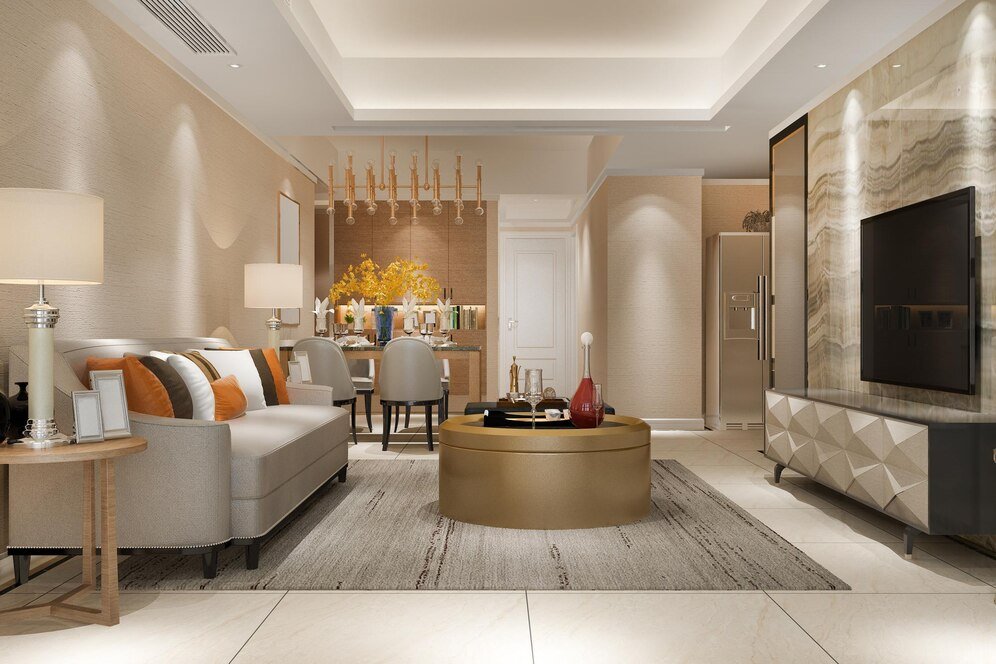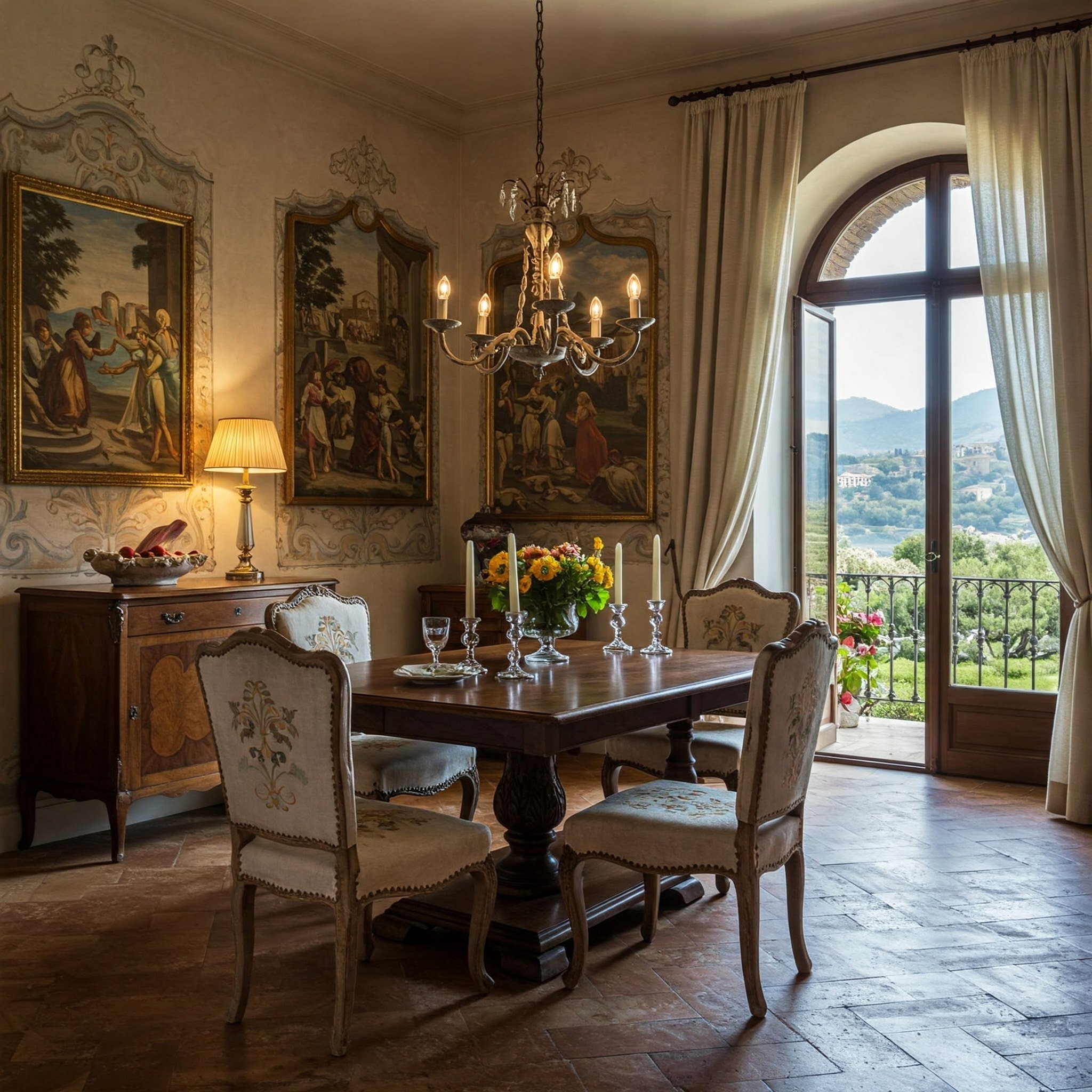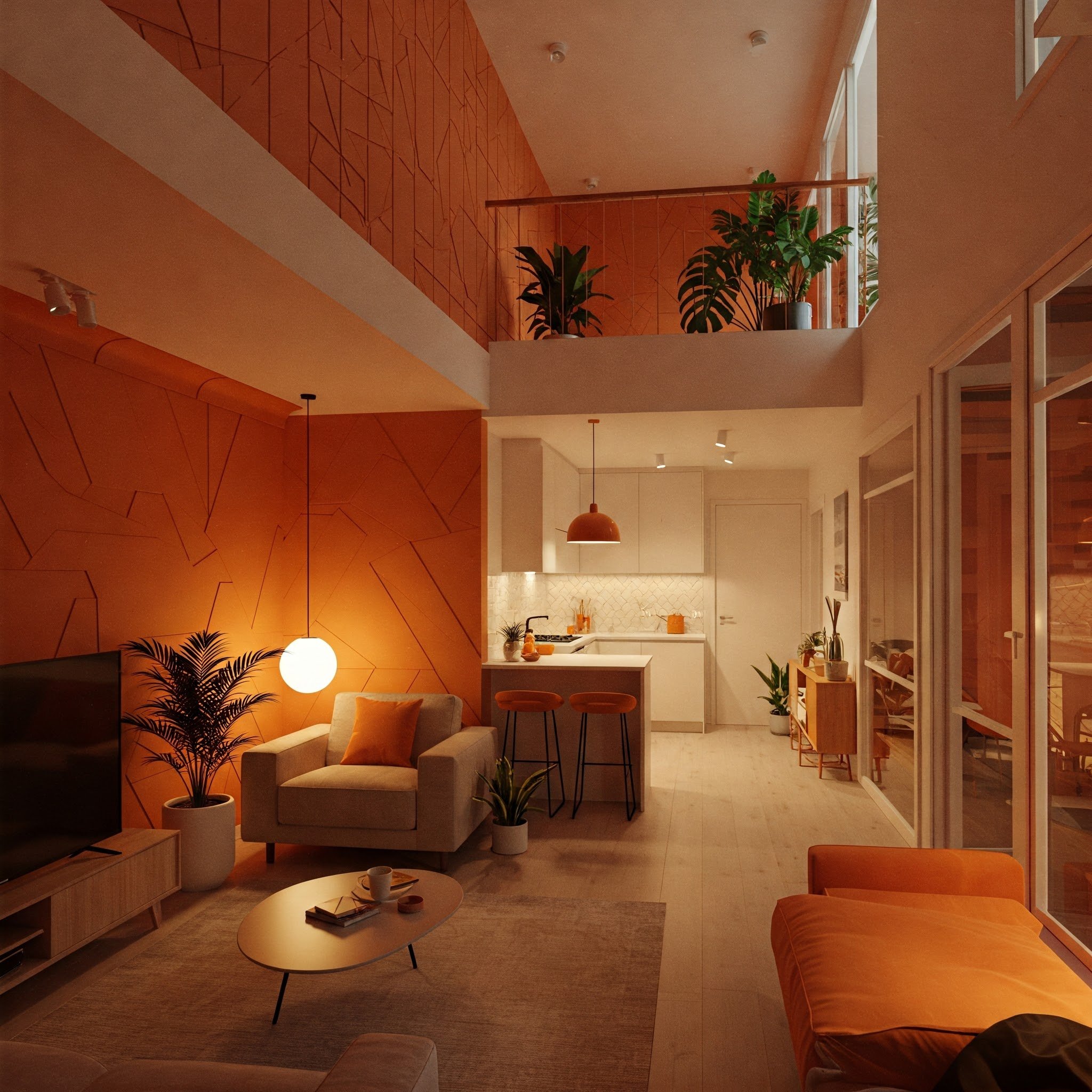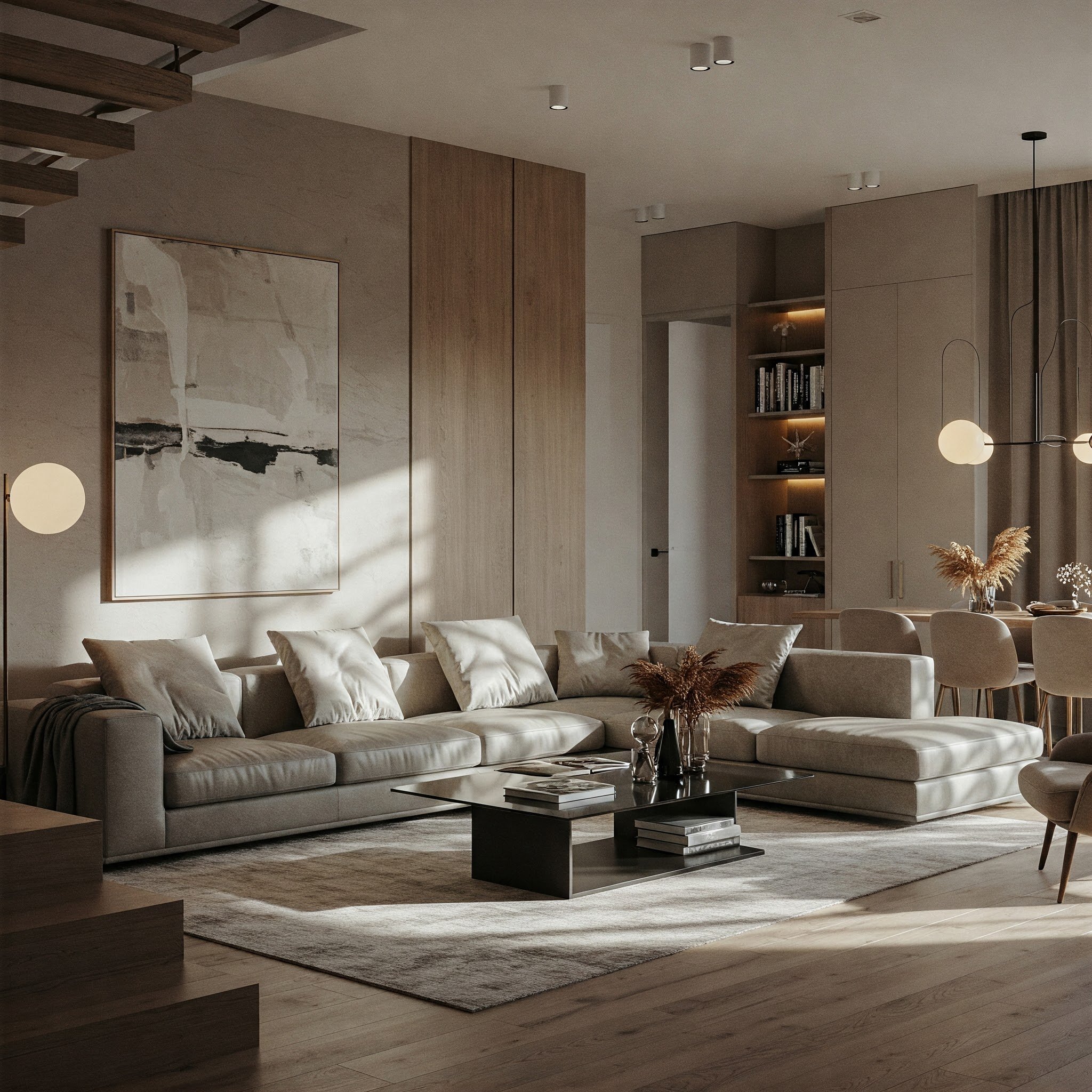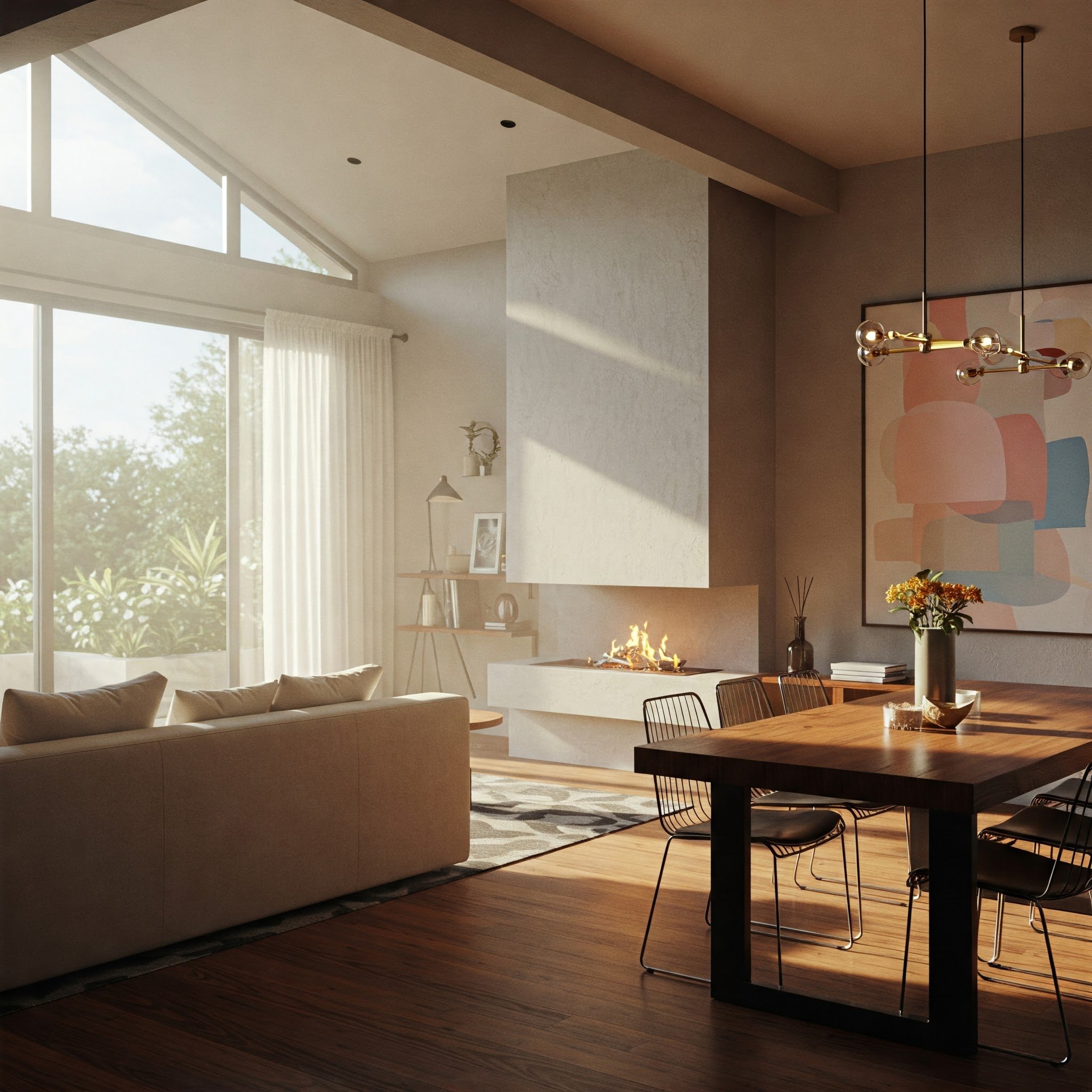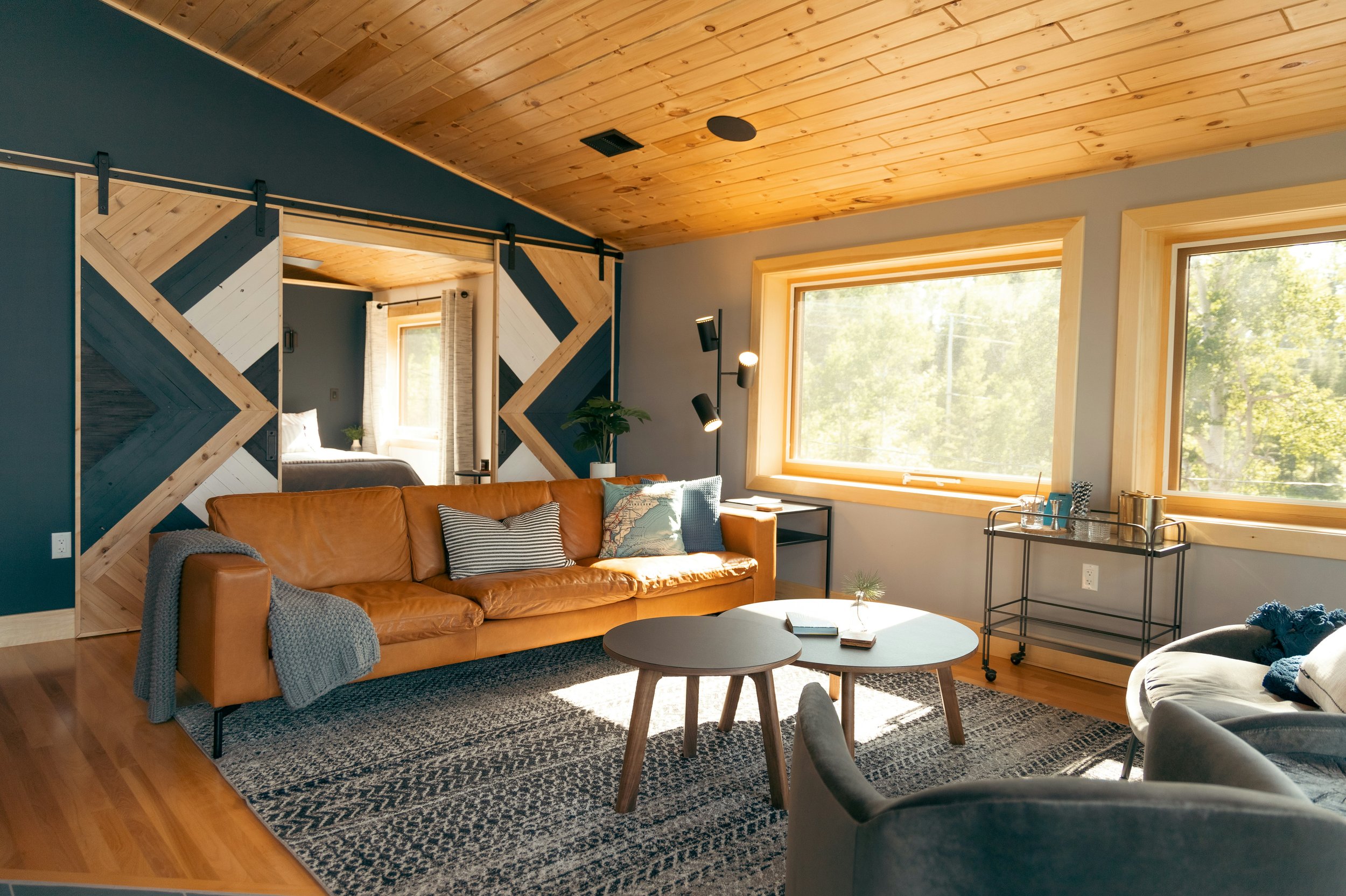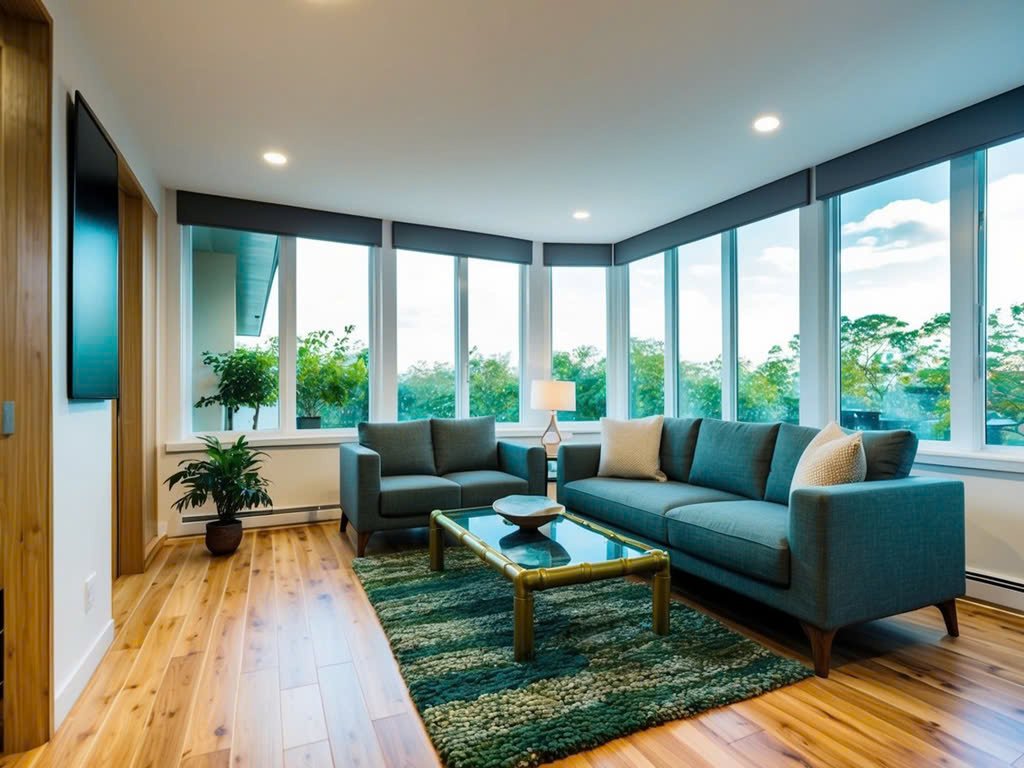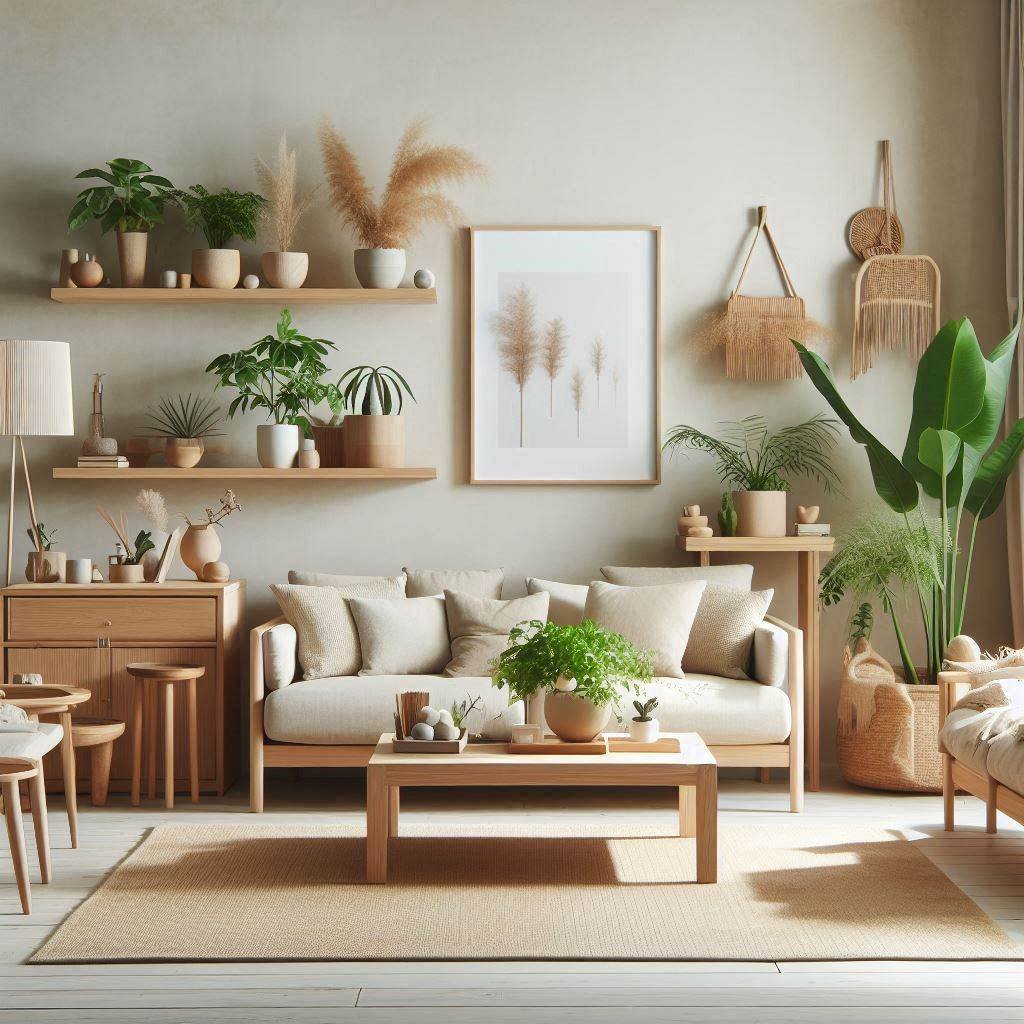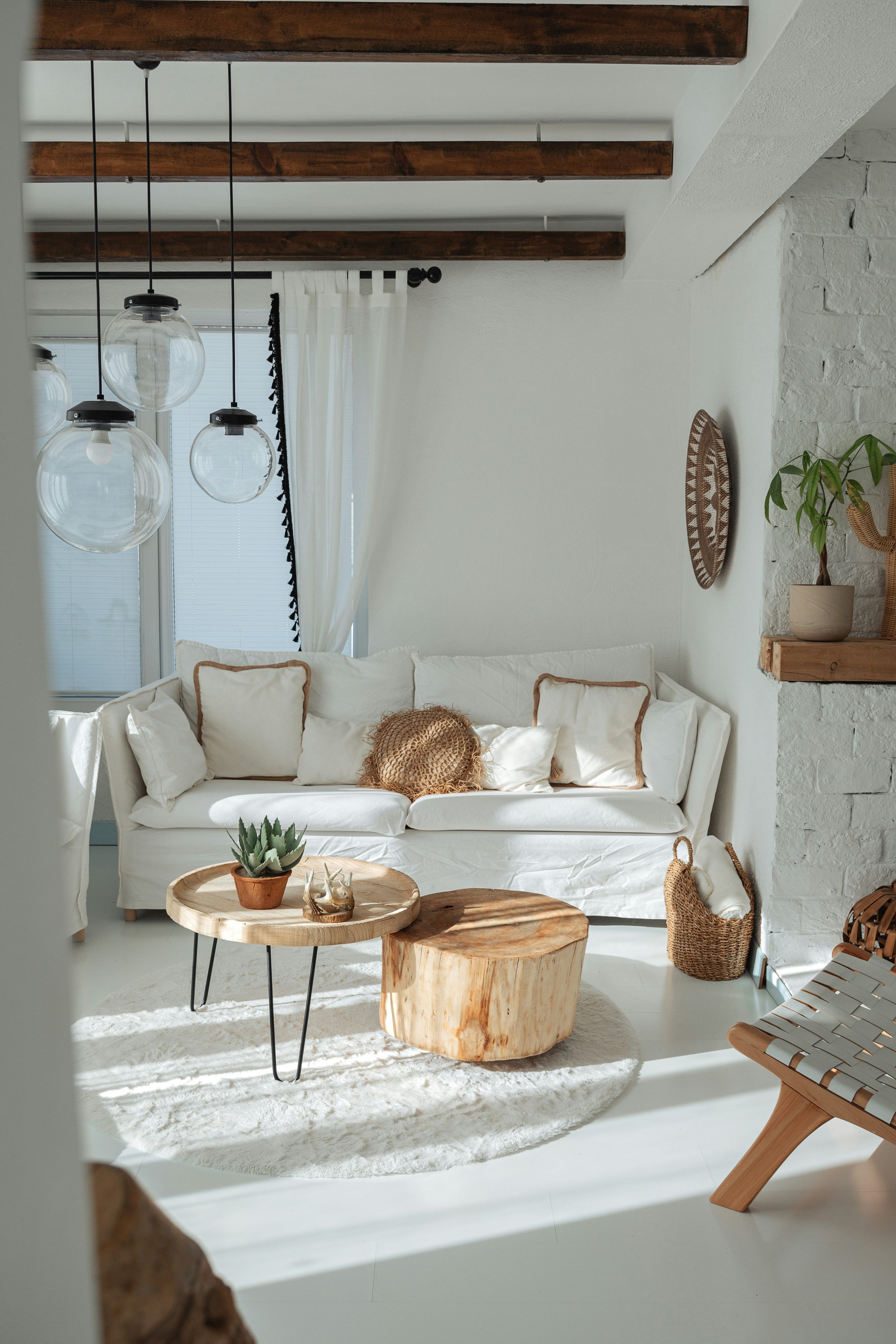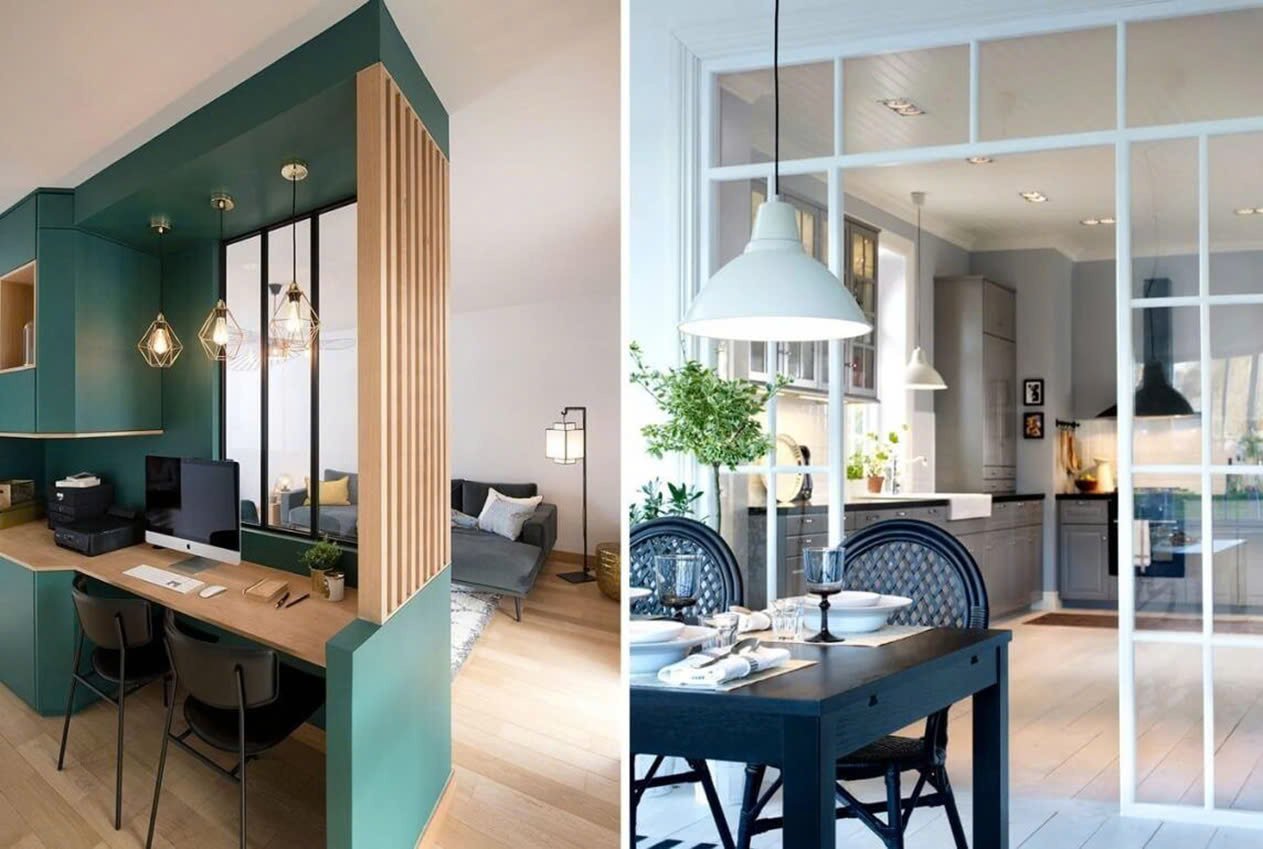Top 6 Interior Design Programs for Beginners
Discover the top 6 interior design programs for beginners that can help you bring your design ideas to life. Learn about user-friendly software tools that offer creativity, functionality, and ease of use for aspiring designers.
Creating stunning interior design begins with careful planning. And the result depends not only on the skills and knowledge of a designer, but also on the software they use.
In this article, you’ll discover 6 programs for users of all skill levels. These tools are commonly used by real estate, interior design, property development, and even management professionals. They are also suitable for DIY enthusiasts searching for easy-to-use software to design their space on their own. Let’s take a look at them right now.
Interior Design 3D
If you’re looking for a program that is suitable for both beginners and experienced designers, you should try Interior Design 3D. This is intuitive software that can be used with zero experience. It offers several collections of built-in templates, objects, materials, and textures. Here, you can create simple floor plans and complex 3D projects of rooms, apartments, and buildings.
This software also allows you to take a look at your design from the inside using the Virtual Visit mode. These are some of the other features that make Interior Design 3D stand out.
Built-In Furniture Library
Interior Design 3D comes with an extensive library of customizable furniture and decor items, so users can create personalized designs that reflect the needed style. You’ll find furniture pieces for different types of rooms and spaces, such as a kitchen, bathroom, or gym.
Detailed Floor Plans
This software allows you to plan a space with professional precision. For example, you can choose the desired units of measurement: centimeters, meters, inches, etc. There is also a handy feature for measuring space between various objects - Measure Tool. For your convenience, you can also turn on or off the dimensions while previewing your project.
Customization Options
The key to a successful interior design is customization. With Interior Design 3D, you can change the material and size of each item you add. If you need a staircase in your project, you can customize it in the Staircase Constructor like a pro - adjust handrails, balusters, number of steps, and so on. You’ll also find a collection of wall, floor, ceiling, and furniture textures and materials that you can personalize as well.
Pros:
Beginner-friendly software
2D plans & 3D visualization
Pre-designed templates
Over 600 decor materials
Cons:
Not compatible with Mac
Floorplanner
There is also a way to design home interior online - by using Floorplanner. It runs in the cloud and you don’t need to install software or set up hardware. The program has a drag-and-drop interface, so it’s quite easy to use. This software's main strength, as the name suggests, lies in its outstanding capabilities as a floor plan maker. The interior design features of the app are also quite good. It gives you the flexibility to design your house plan, place objects, and visualize it in 2D or 3D.
Since Floorplanner is a free program, all of the essential functions are available. But in the premium version, you’ll be able to get access to HD quality and add more rooms to your project.
Pros:
Browser-based floor plan tool
2D and 3D preview options
Cons:
Some advanced tools require a paid subscription
Few models in the library
SketchUp
For professional use, SketchUp might be a suitable option. This is a good choice for creating detailed 3D models of buildings and interiors. Users find it useful for the control over almost every aspect of a model. Whether you need to make a piece or part for a model, it helps you get it done.
There is a built-in library of 4M+ 3D models that you can use for your own projects. By the way, it provides real-time collaboration between teams to share feedback and conduct walkthroughs. SketchUp is considered rather costly though - the pricing plans vary from $119 to $749 per year.
Pros:
Powerful 3D modeling tools
Cons:
Steep learning curve for amateur users
Costly subscription plans
File format limitations
RoomSketcher
If you want to make floor plans and interior design on Windows, Mac, or tablet, then you should try RoomSketcher. The software offers a variety of customizable templates and a vast library of furniture and décor items. The standout feature this program has is taking 3D snapshots. However, users complain you can't model exterior space like paths or walkways unless they are attached to a property wall.
Pros:
Good customer service
360-degree view
Cons:
Interface is not user-friendly
Steep learning curve
Draft It
Draft it is a user-friendly 2D architectural CAD platform. It has basic floor plan diagramming features and is a good choice for non-technical persons. This software has 4 versions catering to different levels of experience: Draft it Free, Draft it Plus, Draft it Pro, and Draft it Architectural. In all paid versions, you can make and edit layers in your design projects and use handy drawing tools, including Polyline, Curve Fit, Build Polyline, Polygon, Ellipse and Hatc. By the way, it lets you save your projects in popular formats, such as BMP, JPG, GIF or WMF.
Pros:
Software is frequently updated
Collaboration available
Cons:
Layering tools are difficult to use
3D Model Viewer is not fully automatic
DreamPlan Home Design
To create floor plans for a home or apartment in minutes, you can also use DreamPlan Home Design. This is suitable for experimenting with furniture placement and inserting blueprint symbols into a 2D floor plan.
Not only does it have home design functionality, but it also allows you to build the landscape or garden, build up or lower your yard's terrain, add a patio, porch swing, and even grill. In DreamPlan Home Design, you will also find a built-in texture library for roofs, floors, walls, decks, fences, etc.
Pros:
Free version available
Cons:
Limited number of objects
Lacks advanced features
Summary
These are some of the best programs that can be used for interior design. We’ve talked about some key features of each software and listed their pros and cons. It’s time to see them in practice and choose the tool you like the most.
Stay up to date with our latest ideas!
Exclusive deals just for our readers! Click below to unlock special offers and elevate your shopping experience!



